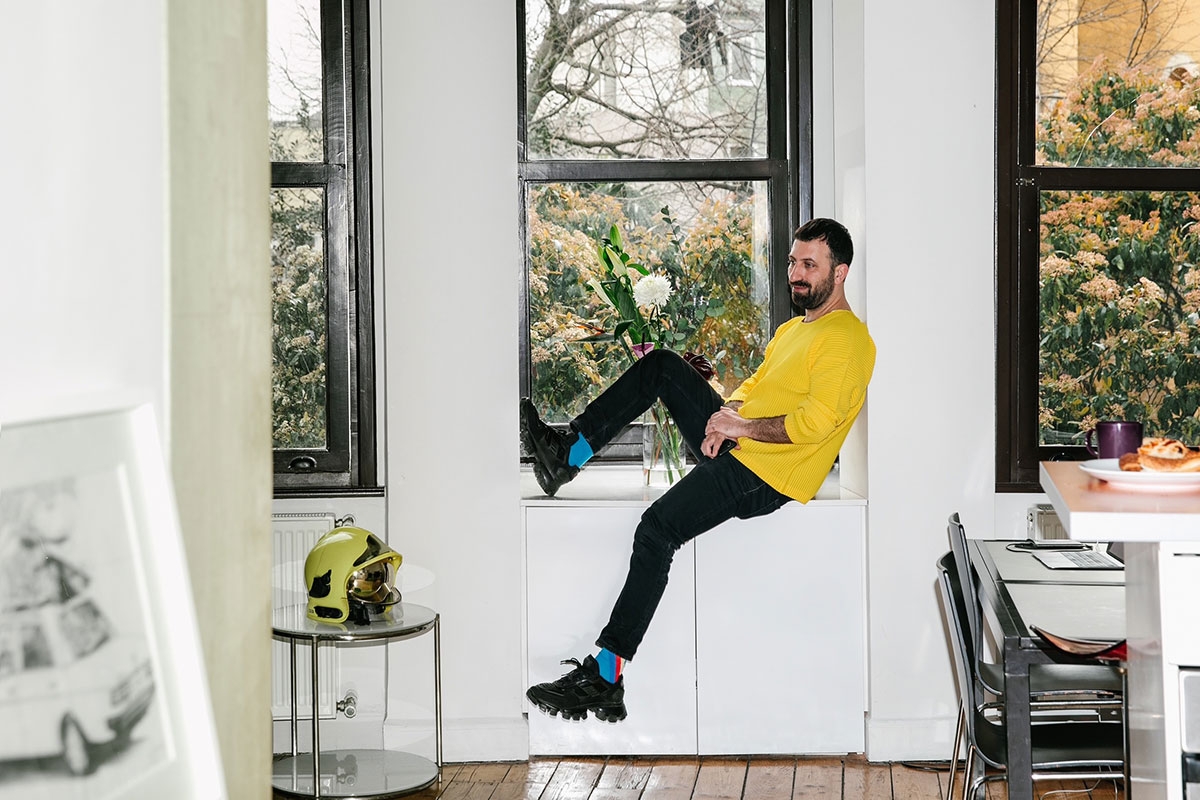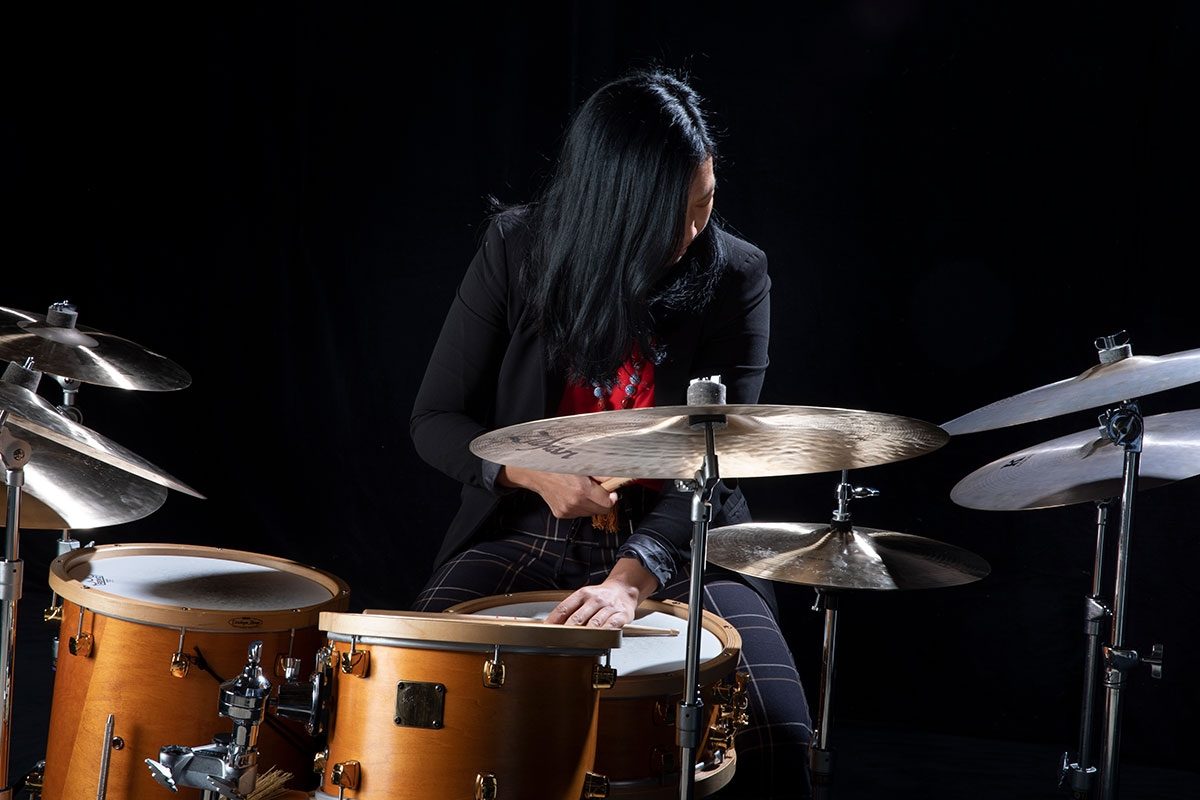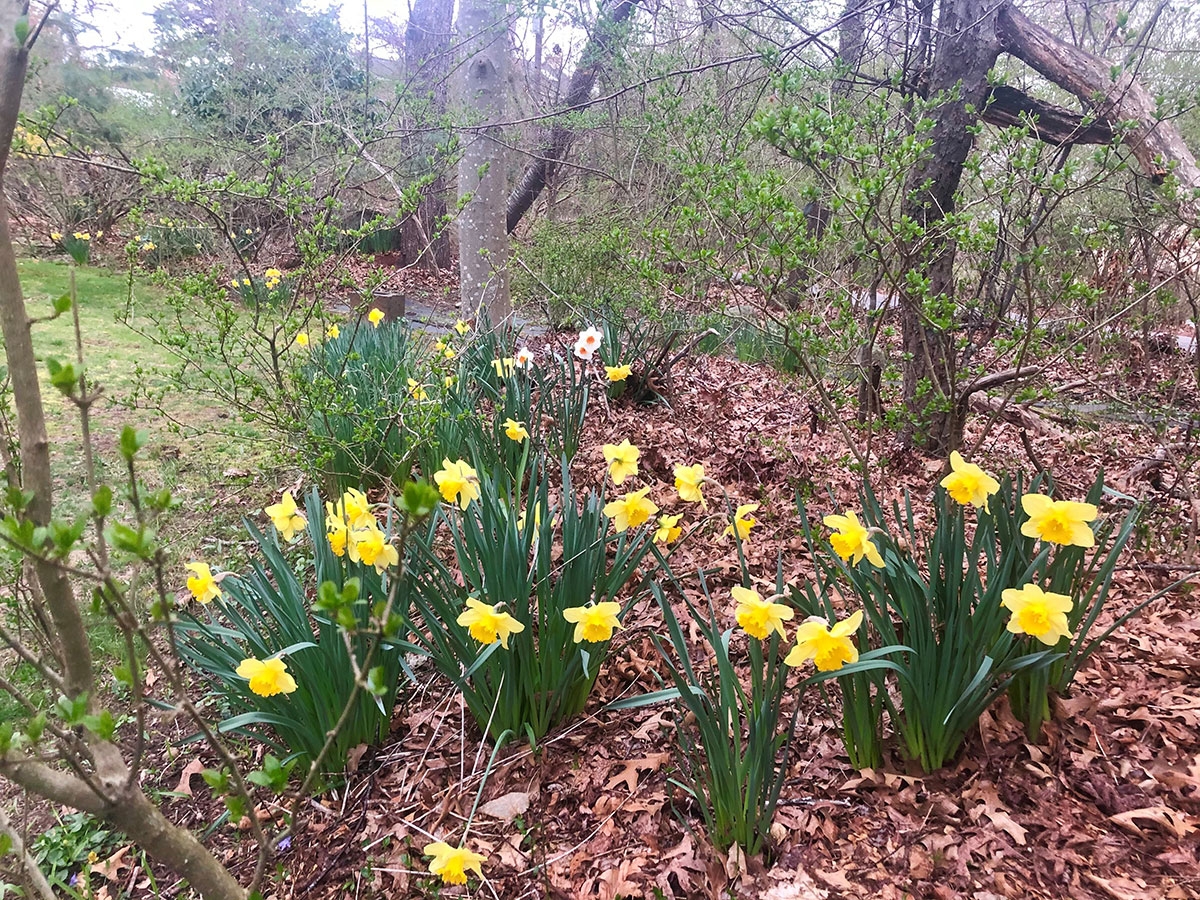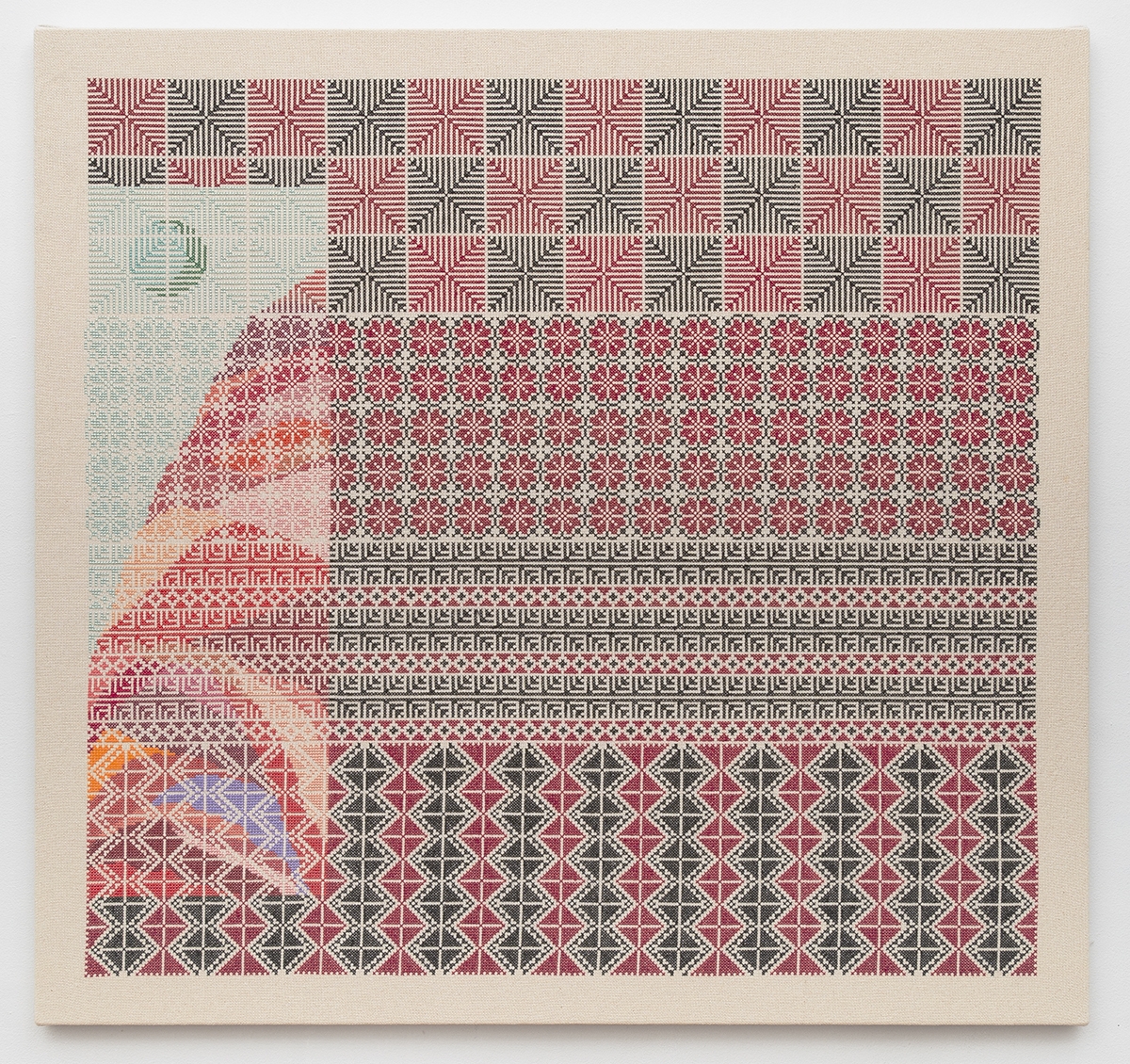
Photograph courtesy of the artist
-
Photograph courtesy of the artist
Dreaming With: Jordan Nassar
In the lead up to the Triennial opening, our Dreaming With Q&A series provides an exclusive glimpse into the artists’ lives and studios.
Where have you been during the lockdown?
I have been at home in Brooklyn.
Is there anything you have found yourself cooking a lot of, and if so, would you be open to sharing the recipe with our readers?
I am finessing a lot of my go-to meals, playing with ingredients and techniques to get them just how I like them. An example would be Mujadra, which is a family classic in a Palestinian household. My grandmother was a strict salt-and-pepper-only kind of woman, making the dish with rice, lentils, onions, butter, salt, and pepper. But I've been experimenting with different spices, such as cumin, allspice, and cinnamon. I would share the recipe, but I never measure! [I’m] just eyeballing it all the time. Also, I have been replacing yogurt with tahini because I've been trying to eat vegan as often as possible.
What are you reading?
I am delving into Palestinian history and politics much more lately. I felt like I knew the general history and a good amount about specific events or topics, but I felt like I wanted to know more ancient history, and have been interested in reading much more granular accounts of post-48 events and behind-the-scenes political perspectives. The Hundred Years' War On Palestine by Rashid Khalidi (Metropolitan Books, 2020) is a must-read.
What music are you listening to?
I have an over-2000-song playlist on Spotify of mostly Arab music, with some Persian/Iranian and Israeli mixed in, that is on constant rotation. Featuring basically everyone ever: Nancy Ajram, Haifa Wehbe, Hamid Al Shaeri, Ehab Tawfik, Moustafa Amar, Ahlam, Amr Diab, Sherine, George Wassouf, Gawaher, Fouad Abdulwahed, Fairuz, Googoosh, 3tab, Zehava Ben, Haim Moshe, and many, many more.
Have you seen any particularly good digital exhibitions in the past few months?
I must say I have been trying to limit my screen time as much as possible during the lockdown, and haven't gone too deep into the realm of digital exhibitions. Of course, I'm constantly seeing artwork on Instagram and elsewhere by artists I love and admire, but beyond that, I haven't looked for a replacement for good-old, real-life art viewing.
What do you find yourself working on most during quarantine?
I have been embroidering a lot, but that isn't really any different than life as usual. If anything, I think that I've replaced the time spent socializing with working on little craft projects to send to friends, such as hand-embroidered postcards or nostalgic friendship bracelets. Additionally, as our quarantine has become compounded with a new rise in activism, I also spent time researching and contributing to this information sharing, especially when it comes to daily events in Palestine and general conversations around Palestine. I've become increasingly aware that many Americans don't talk about Palestine because they feel like they don't know enough about it and feel like it's complicated—so it became clear to me that we need to get people to learn about it. The basics, the history. I recently made an “Educate Yourself Challenge,” in which I challenge my followers to read The Hundred Years' War On Palestine, and if they do so I will send them a prize—so lately I've been working on prizes for this. I'm starting to get a number of emails from those who have completed the challenge!

Photograph courtesy of the artist
How has your studio practice changed in recent months?
I started working with a completely different medium: glass sculpture. I took a lesson during quarantine at Brooklyn Glass in Gowanus, and since then, have been spending two to four days in the glass studio flameworking beads. The beads are based on a type of Palestinian beadwork [that is] applied to metal structures, traditionally found in Hebron, where glasswork dates back thousands of years. This has been a really nice change to my practice, adding in a new medium and learning a new craft, and I think this is just the beginning of my exploration.

Photograph courtesy of the artist
Have you created any art in response to the pandemic?
I haven't made anything really specifically in response, with the exception of a commission for Public Art Fund, in which fifty artists were prompted to make an artwork that would be on bus stops around the city, and that should address the city, life during quarantine or after COVID, and so on. My piece, Riverside Drive NYC, takes a rock formation outside of my childhood apartment building on the Upper West Side, and reimagines it in fantastical colors, of course, executed in Palestinian embroidery. The bus stops are up until September 20, and you can see mine at 84th & Broadway in Manhattan, or Grand Army Plaza in Brooklyn, and a bunch of other locations around the five boroughs.
What artists most inspire you?
Etel Adnan, for sure, is my ultimate inspiration. Of course her landscapes, her use of color in her paintings . . . I could look at them forever. But what inspires me most about her is how her biography informs her work as an artist, poet, and writer. I think I learned and continue to learn a lot from her example about how to turn feelings, experiences, and knowledge into bodies of work, in distinct and separate media, that come together to provide a fuller picture of who she is, how she sees the world, and how it feels to be in this world. Honorable mention to Paul Guiragossian, who does with the human form what Etel Adnan does with landscape.
What are you most looking forward to about participating in the upcoming inaugural Asia Society Triennial?
I have been going to Asia Society since I was a kid—whether it be the outdoor street-fair events, or I remember a couple of high school trips there with my Japanese class. So obviously I'm excited to be a part of an institution such as Asia Society, and on top of that, this is my first Triennial! Looking forward to being shown alongside so many fantastic artists making really beautiful work.
What do you most want viewers to take away from experiencing your work in the Triennial?
I appreciate any opportunity for people to see my work in person, given the handmade and intricately detailed nature of the work that is quite lost in photographs. Additionally, I appreciate Asia Society recognizing Palestine as Asia, which, of course, it is, and I think that's good for people to be reminded of that. At the end of the day, I just hope they enjoy seeing the work.
Has your perspective as an artist changed in the midst of the pandemic?
I think it's safe to say we've all experienced shifts in our perception of life and our priorities—I certainly have. I am feeling more urgency in taking action to solve the many problems of this world—and not just because we want to “solve problems,” but because it's people's lives we're talking about when we say that. I think, especially in politics, we get so wrapped up in concepts and intellectual arguments that it becomes easy to lose sight of real people's actual needs at this very moment, and I think I've been spending a lot of time accessing how to incorporate a variety of forms of activism into my way of life—not necessarily into my artwork specifically, but into my daily life.

Photograph courtesy of the artist
Are there any fun facts about your practice you would like to share with readers?
I can do 5,000 stitches a day if I don't get distracted!



